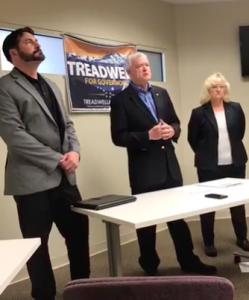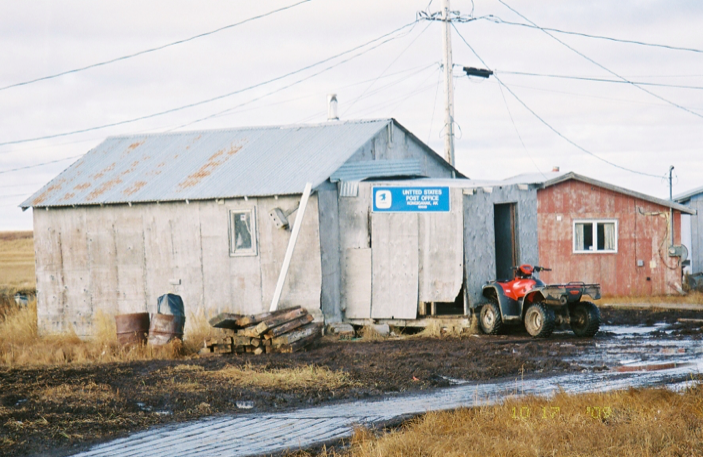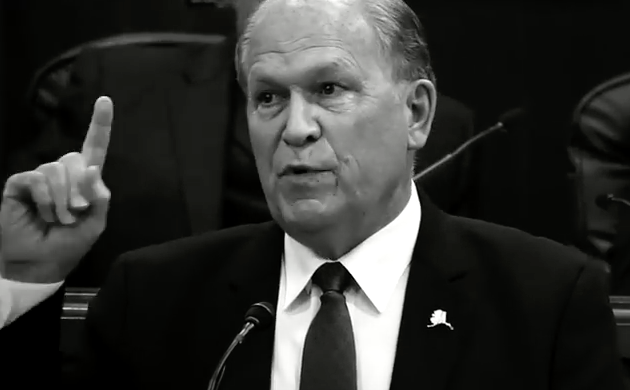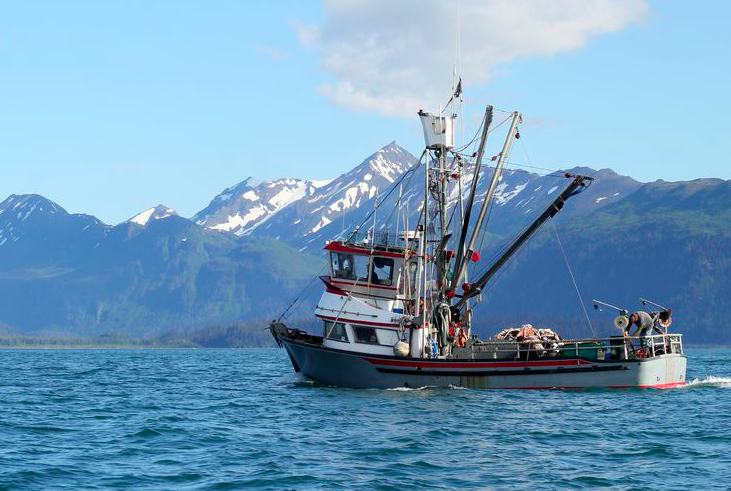EXPECTS TO INVEST BILLIONS IN WILLOW FIELD
ConocoPhillips announced an update to its operating plan for Alaska yesterday, including spending $2-3 billion over the next four to five years to access oil discoveries in the Greater Willow Area.
In an upbeat report, the company confirmed that recent discoveries are estimated to be between a half-billion and 1.1 billion barrels (gross) of oil resource.
The 2016-2018 exploration and appraisal efforts in the In the Greater Willow Area resulted in finding enough resource to justify a stand-alone hub, which is a major investment for any company.
Over the past few years, ConocoPhillips has reduced its costs and advanced its technology in the Arctic. In addition to its find of oil in the Greater Willow Area, a more competitive tax system in Alaska led the company to plan for significant investment here, while other companies have continued to balk at the ever-changing tax structure.
ConocoPhillips estimates its 2016-2018 exploration and appraisal campaign discovered 400-750 million barrels of oil equivalent, gross resource. The company is preparing to launch the Willow permitting process. First oil can be achieved by 2024-2025, and then will ramp quickly to full production.
After the initial investment, the company estimates an additional $2-3 billion of cumulative drilling capital will be spent over several years to maintain production at this facility and drill out the field.
The company’s legacy asset base consists of a non-operating interest in the Prudhoe Bay Field, an operating interest in the Kuparuk Field and an operating interest in the Alpine Field/Western North Slope assets.
In 2018, the company acquired additional interest in the Alpine Field/Western North Slope assets and announced it entered into an agreement to acquire additional interest in the Kuparuk Field, subject to regulatory and other approvals.
These legacy assets are expected to yield approximately 225,000 barrels of oil equivalent per day in 2018.
The cost of supply of the new resource is estimated to be less than $40 per barrel, the company announced. It has a 100 percent working interest in this resource.
In addition to exploration in the Greater Willow Area, the 2018 exploration campaign included the drilling, coring and flow testing of the Putu and Stony Hill wells in the Narwhal trend south of Alpine.
The company expects another active exploration and appraisal season in 2019.
“We believe that the company’s Alaska plan aligns with our disciplined, returns-focused strategy, supports Alaska’s economy and creates significant value for shareholders,” said Ryan Lance, chairman and chief executive officer. “Alaska provides competitive investment opportunities and will generate profitable growth from diversified investments with significant exploration upside. We are proud of the value we create for the State of Alaska through the revenues we generate, the jobs we create and the community investments we make. Our shareholders realize the advantages of ANS-priced oil, competitive cash and earnings margins from our operations and our years of expertise and sound stewardship. We plan to continue to strive to safely unlock the energy potential of this world-class oil province for years to come and play an active role in Alaska’s economic future.”
A find this size, within 28 miles of existing infrastructure, is significant. On federal land, the oil would go through the Trans Alaska Pipeline System and be subject to royalties and taxes that the State of Alaska and local governments like the North Slope Borough would receive. Alaskans would get their share of royalties through their Permanent Fund dividends.
The development phase of Willow will bring potentially thousands of jobs online. Much of that would spin through the currently faltering Alaska economy and, especially, the heavily battered oilfield services industry.







